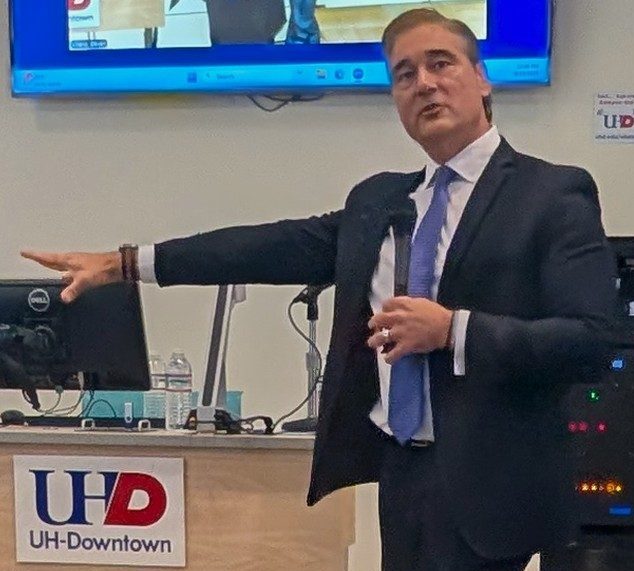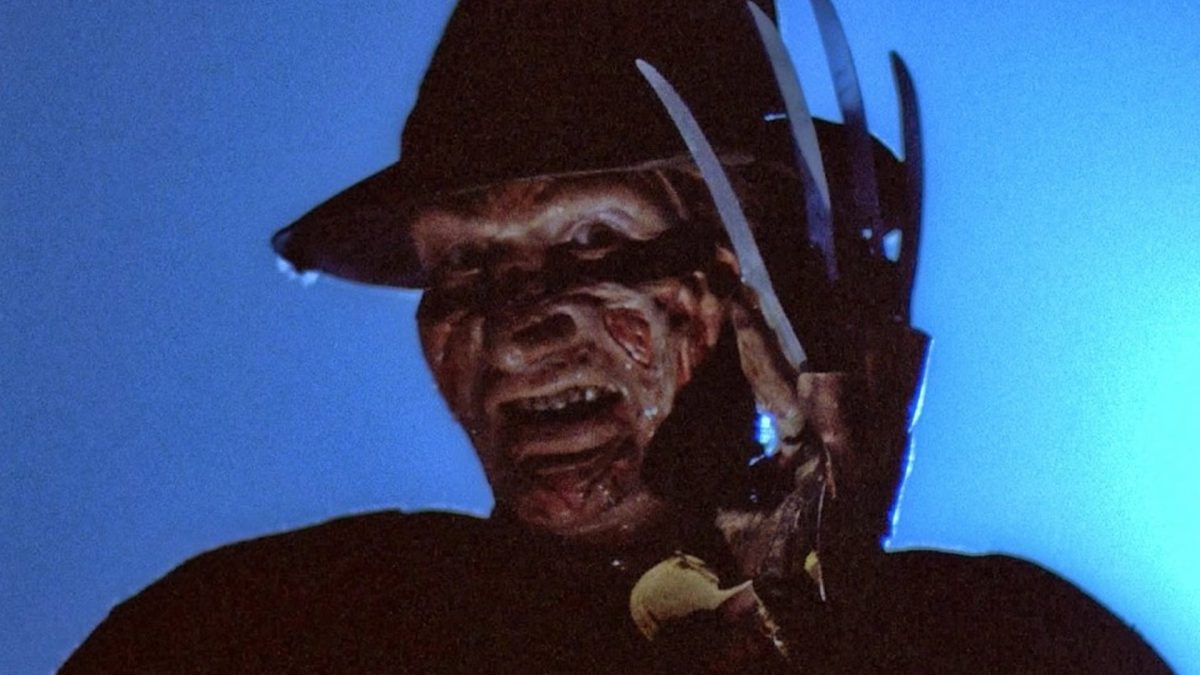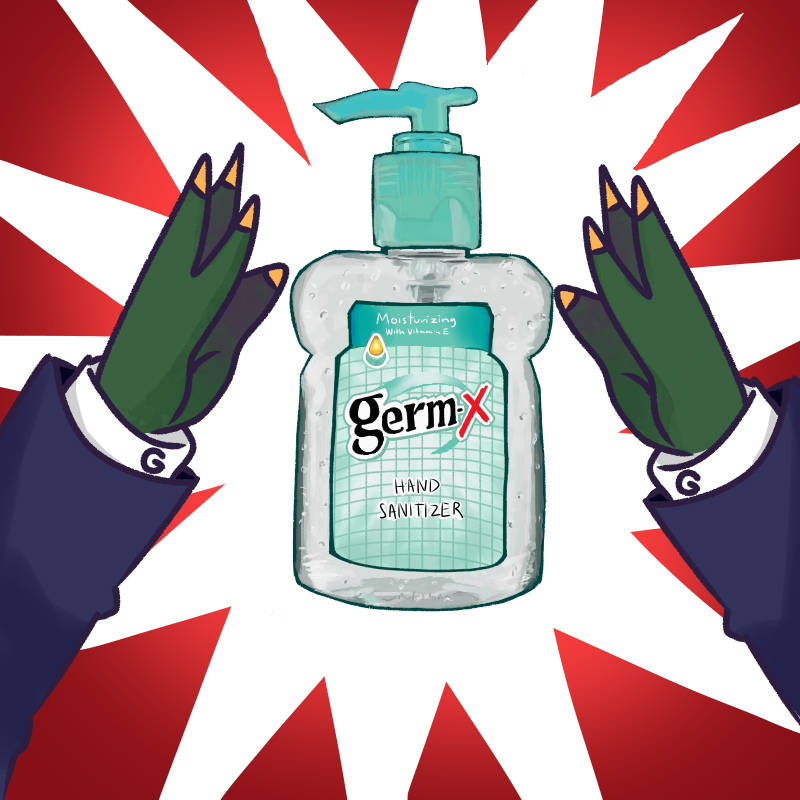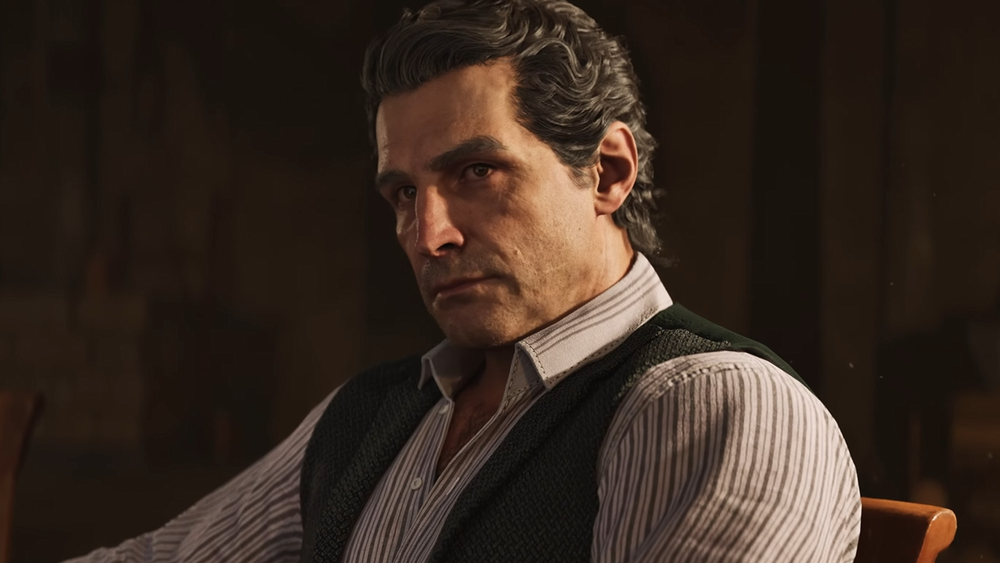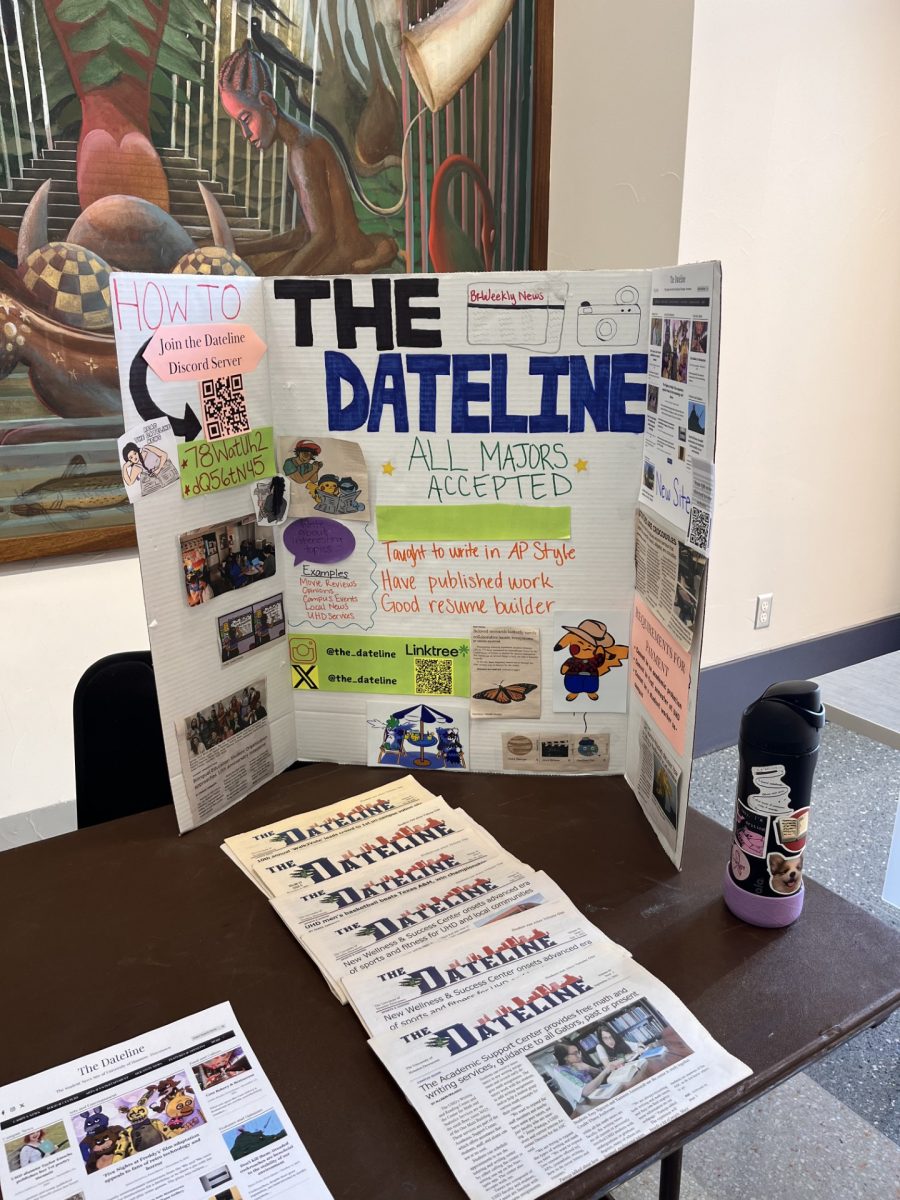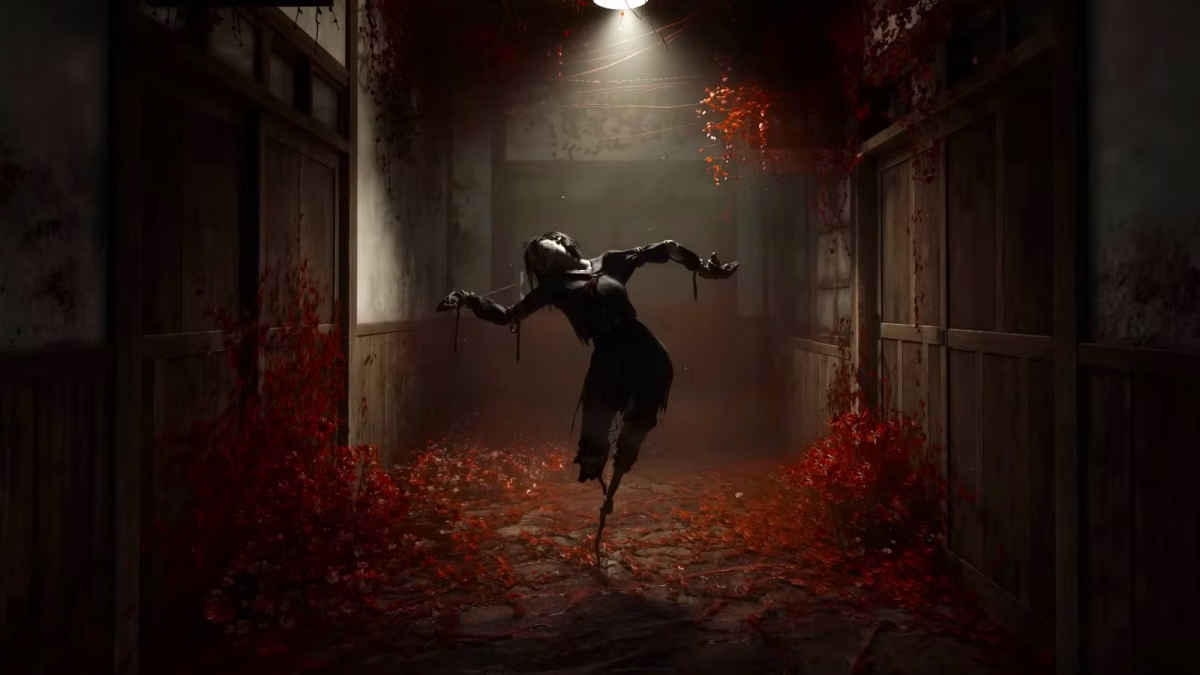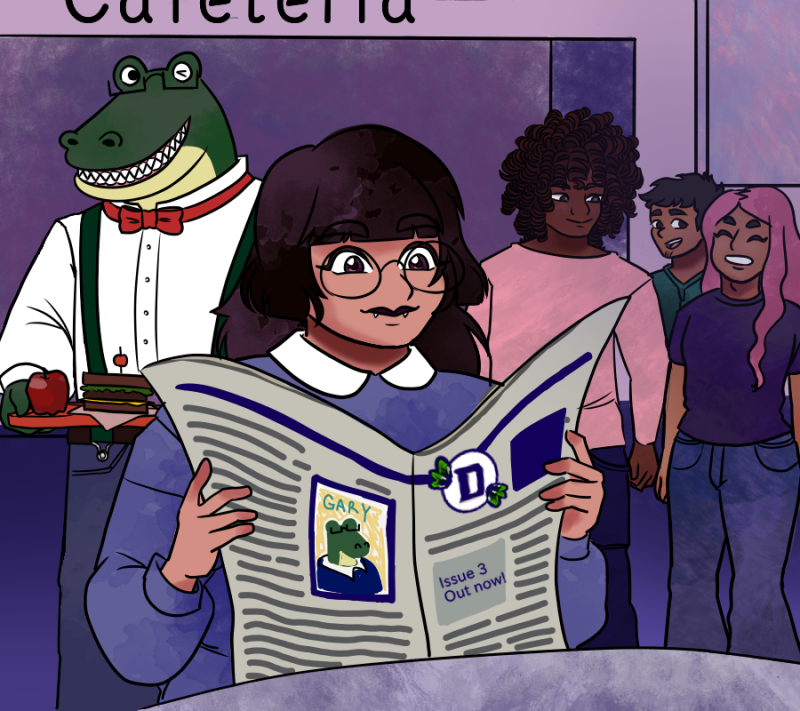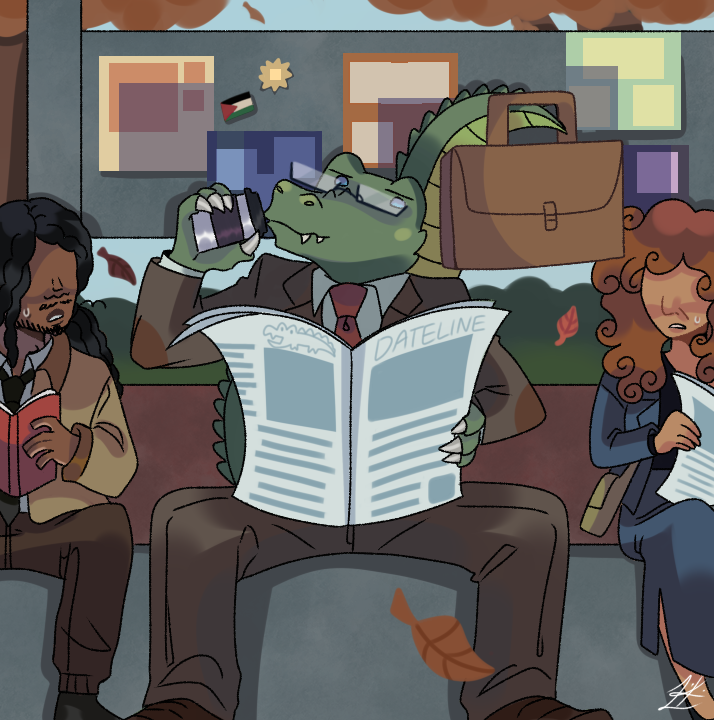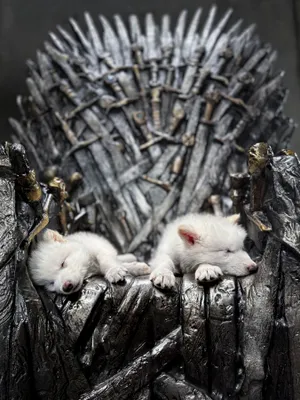
Dallas-based biotechnology startup, Colossal Laboratories & Biosciences, announced in early April that it has successfully cloned four red wolf pups. These pups were born using a novel cloning technique as part of an effort to bolster the red wolf population, since it is one of North America’s most endangered mammals.
The company was founded in 2021 by tech entrepreneur Ben Lamm and geneticist George Church and has built its name on its ambitious projects to resurrect extinct species.
It initially made a splash with plans to genetically recreate the woolly mammoth and the Tasmanian tiger, and it recently added the dodo bird to its list.
Most recently, Colossal has drawn headlines for cloning the extinct dire wolf, a species which became extinct more than 10,000 years ago and gained pop-culture fame with “Game of Thrones.”
Colossal scientists used CRISPR gene editing to alter 20 key genes in gray wolf cells, making the resulting dire wolf pups grow larger and sprout snowy white coats as well as muscular jaws reminiscent of the extinct dire wolf.
Independent researchers have lauded the technological achievement but have also emphasized its limits.
“All you can do now is make something look superficially like something else,” University at Buffalo biologist Vincent Lynch told NBC News – it is not truly bringing a species back. Lynch also noted that whatever ecological role the dire wolf once played, it cannot simply be restored in today’s modern landscape.
Colossal now aims to apply its cutting-edge science to help save the critically endangered red wolf. According to the U.S. Fish and Wildlife Service, the red wolf is the world’s most endangered wolf. There are only about 15 to 17 red wolves in the wild, with about 241 red wolves living in various captive breeding facilities throughout the U.S.
The cloned pups were created from the DNA of three different wild red wolves, an approach designed to inject much-needed diversity into the dwindling captive population. The breakthrough quickly attracted high-level attention. U.S. Interior Secretary Doug Burgum, praised the red wolf cloning as a “thrilling new era of scientific wonder” on social media.
On the other hand, conservation scientists are intrigued but cautious. Christopher Preston, a wildlife expert at the University of Montana, stated that although the procedure may be less invasive than other cloning techniques, it still requires sedating a wild wolf for a blood draw, which is much easier said than done.
Many conservationists are encouraged to see the company pivot to helping an existing endangered animal, rather than focusing on already extinct animals.
Colossal insists that aiding current living species is a core part of its mission, not just recreating the past. The startup says “saving endangered species is part of the plan” for its technology, and it has established a nonprofit foundation to apply its breakthroughs to species on the brink of extinction.
“This is not just about bringing back the woolly mammoth or the dodo —it’s also about preventing another dodo,” Colossal’s website declares.
Nonetheless, plenty of experts remain skeptical. Wildlife biologists point out that fancy genetics will not save animals like the red wolf if fundamental threats, such as lack of habitat and human intolerance, are not addressed.
Duke University ecologist Stuart Pimm noted in an ABC News article that the red wolf’s recovery has also long been stalled by local resistance to wolves.
“The difficulty that we have with the red wolf is that when its numbers increase, people… don’t want there to be too many red wolves,” Pimm said. “So, the challenge… is to find more room for nature, and that’s not always a politically easy thing to do.” In other words, even a cloned wolf needs somewhere to roam.
For now, the four cloned red wolf pups will be raised in captivity and folded into the U.S. Fish and Wildlife Service’s breeding program. If they thrive, their descendants could eventually be released into the wild, providing a boost of fresh genes for a population that has teetered on the edge of extinction for decades.
Conservationists say it will take much more than cloning to save the red wolf in the long run, but they acknowledge this high-tech intervention could complement traditional strategies. The red wolf’s plight has been a symbol of America’s endangered species crisis; now it may become a test case for how far biotechnology can go in rescuing a species.

